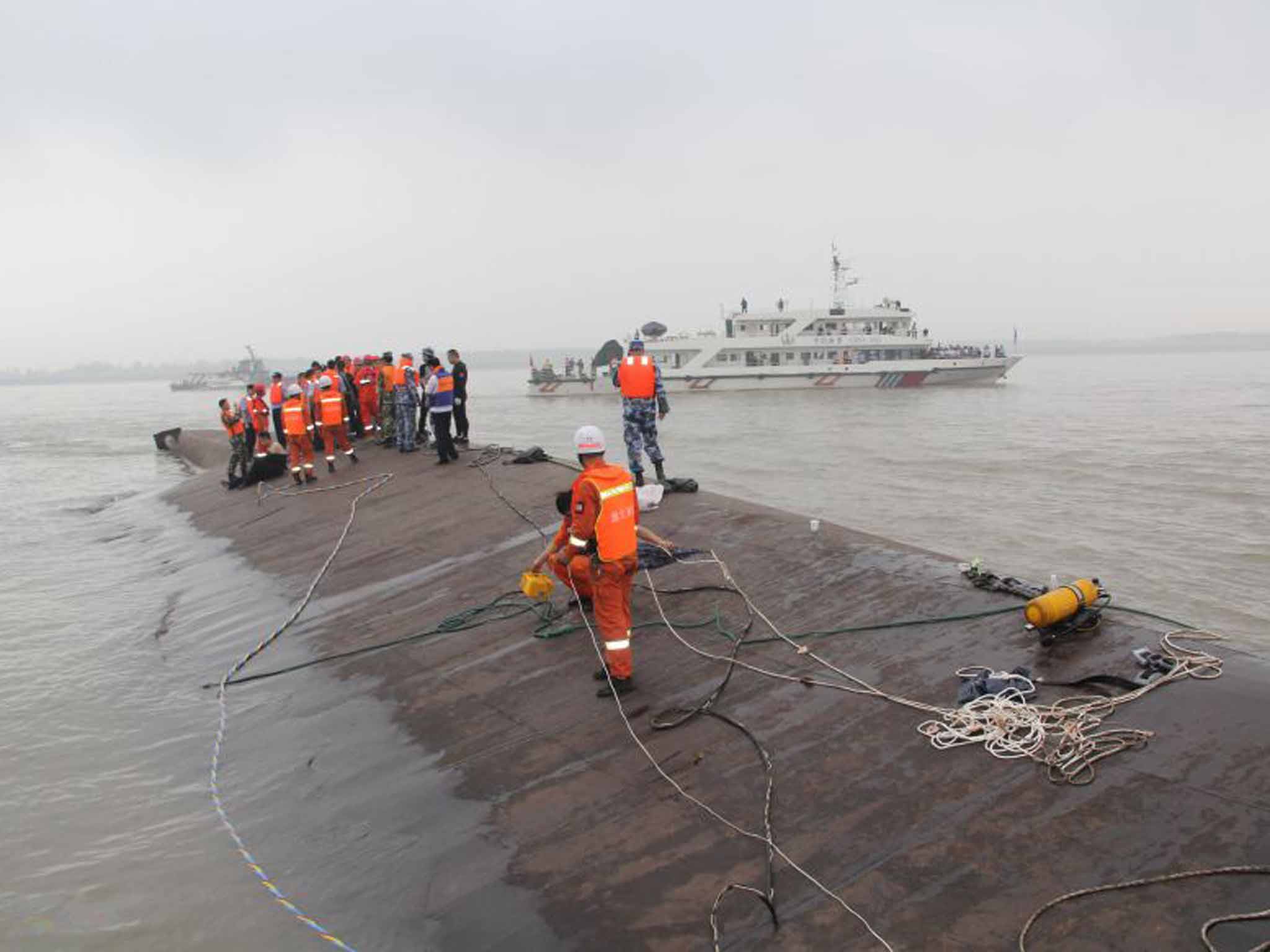Eastern Star tragedy: How to assess safety on a river cruise
Anyone travelling on river boats outside Europe and North America should assess the operator

Your support helps us to tell the story
From reproductive rights to climate change to Big Tech, The Independent is on the ground when the story is developing. Whether it's investigating the financials of Elon Musk's pro-Trump PAC or producing our latest documentary, 'The A Word', which shines a light on the American women fighting for reproductive rights, we know how important it is to parse out the facts from the messaging.
At such a critical moment in US history, we need reporters on the ground. Your donation allows us to keep sending journalists to speak to both sides of the story.
The Independent is trusted by Americans across the entire political spectrum. And unlike many other quality news outlets, we choose not to lock Americans out of our reporting and analysis with paywalls. We believe quality journalism should be available to everyone, paid for by those who can afford it.
Your support makes all the difference.One of the biggest tragedies in tourism history occurred this week, when a river boat with nearly 500 people on board sank on the Yangtze in China. Most of the passengers and crew are feared dead after the Eastern Star was hit by a cyclone during a sightseeing cruise.
Neil Taylor, who took the first group of British tourists to China in 1976, believes the tragedy was the first since the inception of organised tourism there. "Cruises have been operating on the Yangtze without incident for nearly 40 years," he said, adding, "The most risk-averse strategy is to book excursions only through a tour operator." British travel firms offering river cruises in the People's Republic, or anywhere else must be satisfied with the safety regime of every transport provider they use.
A more significant danger faces independent travellers who book their own domestic ferries. The International Maritime Organization currently rates "the unacceptable loss of lives" on Asian passenger vessels as its most significant challenge.
Ferry officers are sometimes poorly trained, boats ill-maintained, and passenger limits are often accidentally or deliberately exceeded.
Anyone travelling on river boats outside Europe and North America should assess the operator. Seek unbiased local advice on the safety standards of the company you propose to use. If you are wary of the vessel, or unconvinced by its crew, consider travelling by rail (if the option exists) rather than sailing.
Should you opt for the boat, ensure you know where the on-board safety equipment is – and stay alert in case you need to use it. In many waterborne calamities, the death toll is exacerbated due to failures in evacuation.
In April last year, 304 people, many of them schoolchildren, died when a South Korean ferry, the Sewol, capsized en route to the holiday island of Jeju. Most or all of those lives would have been saved by a timely evacuation of the stricken vessel.
Join our commenting forum
Join thought-provoking conversations, follow other Independent readers and see their replies
Comments